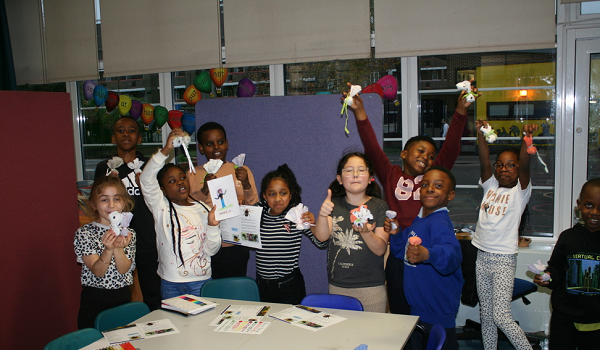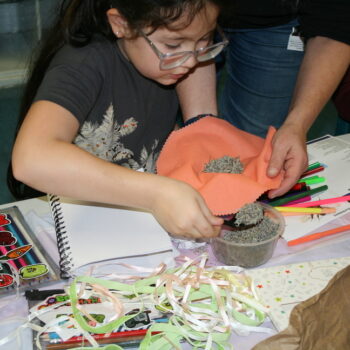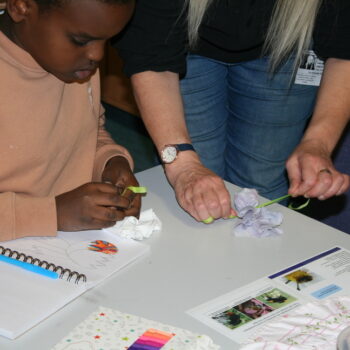

This week we had the amazing, perfumed scent of Lavendar filling our classrooms and corridors at DKH Primary as the children designed and crafted their very own Lavender sachets for our Christmas Fair.
With its refreshing fragrance and vibrantly coloured flowers, lavender is among the most easily recognizable plants. It’s also one of the most versatile herbs you can grow because it has medicinal, aesthetic, and culinary purposes. For example, its scent has a calming effect on humans, so lavender is used in all stress-relieving items like bubble baths, candles, and eye pillows.
However, even if you regularly enjoy products like these or have grown the plant in your garden, you might not realize how amazing this herb really is. These lavender facts will make you appreciate this gorgeous and valuable plant even more!
Facts about Lavender:
1. Lavender Has Many Uses
The name lavender originates from the Latin verb “lavare,” which means “to wash.” Its word origin holds true in the ways that we use lavender today. Because of its clean scent, this herb is an extremely popular ingredient in products we use to bathe, including shampoo, facial cleansers, and hand soap. It’s also used in cleaning products for our homes. In addition, it’s one of the most popular essential oils.
One of the most important lavender facts is it has many medicinal uses too. Lavender can soothe burns, induce sleep, reduce anxiety and stress, and treat aching muscles and joints. Like many other herbs, you can enjoy lavender’s fresh flavor and fragrance in various recipes, including cakes, lemonade, and cookies.
2. Lavender Has Ancient Roots
Though it’s popular worldwide, lavender originated in the Mediterranean region, northeast Africa, and southwestern Asia, where it has grown for over 2,500 years. In ancient Egypt, lavender was used during the mummification process to perfume the corpse. On the other hand, the ancient Greeks quickly noticed lavender’s medicinal properties, using it to ease ailments including headaches and indigestion.
During the Black Plague of the 16th century, lavender oil was used to ward off the dreaded disease. Bunches of the plant were also sold in the streets to mask the smell of the dead.
3. Lavender Is Highly Symbolic
Lavender represents purity, devotion, serenity, and calmness. These themes are often related to the ways lavender is used. Calmness and serenity point toward lavender’s uses in aiding sleep and easing anxiety. Purity is shown through lavender’s use throughout history in cleaning and its associations with cleanliness. A romantic lavender fact is that it symbolizes devotion, which makes it a popular choice for flower arrangements and wedding bouquets.
4. There Are Hundreds of Varieties of Lavender
When you think of lavender, common or English lavender likely comes to mind because it’s the one usually shown on products or grown in picturesque lavender fields. However, according to the U.S. Lavender Growers Association, there are over 45 species of lavender and more than 450 different varieties. These include French, Portuguese, and fringed lavender. Heat tolerance, cold hardiness, size, and blooms vary quite a bit, so research which ones will grow best in your region and garden.
5. Lavender Comes in Multiple Colours
Given that this plant has the same name as a colour, you might assume that its spikes of flowers only come in shades of purple. While this is true of many lavender varieties, you can also find the flowers in white, yellow, and even pink. The flower’s colour doesn’t affect the plant’s fragrance; for example, ‘White Grosso’ is a lavender variety with white blooms that also has a potent scent.
We took some pictures of our talented crafts people busy designing their sachets, which can be seen in the gallery below. Please click on the thumbnails for a larger view.
























